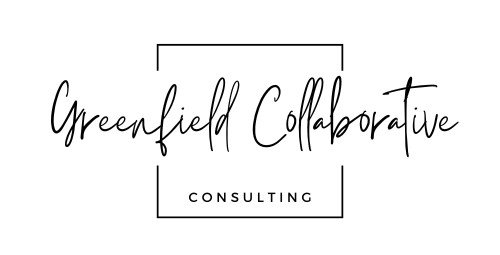Multi-tasking to Address Climate Change.
To protect our communities from climate change, we have to walk and chew gum at the same time. Or is it walk, chew gum, and call our mother? Realistically I think it’s walk, chew gum, call our mother, and look up directions—all at the same time.
There are indeed at least four things we have to do at once.
1. We have to aggressively reduce the amount of greenhouse gases (mostly carbon dioxide and methane) that we release in the atmosphere.
2. However, reducing the rate of GHG discharge won’t be enough to reverse the effects of climate change because of the large amount of GHGs that has already been released. It is the total amount of GHGs in the atmosphere that matters most. So we must also pull as much GHGs back out of the atmosphere as possible. It’s called carbon sequestration. There are several ways to do it and we must explore them all. We must plant a record number (we’re talking BILLIONS) of trees around the planet. We must modify agricultural practices to capture carbon in the soil. And let’s not forget about the vast potential of the ocean to capture carbon through methods like kelp and seaweed cultivation and possibly seeding iron into the ocean (more research needed there!).
3. We need to adapt our cities, towns, and rural landscapes to the current--and ever-increasing--impacts of climate change, such as wildfires, extreme heat, inland flooding cause by intense rainfall events, stormsurge from coastal storms, and sea level rise from rising oceans due to glacial melt. Let’s work with nature and prioritize nature based solutions such as oyster reefs, salt marshes, green infrastructure, such as rain gardens, green roofs, and detention ponds. Where we can’t entirely do green infrastructure, let’s look at creative ways to blend the gray and green, such as with storm surge barriers that include sediment retention, habitat restoration (salt marshes, dunes, mangroves).
4. Invest in human capital, particularly in communities most affected by climate change. In this country, that is low-income BIPOC communities that have suffered under centuries of racial and environmental injustice.
